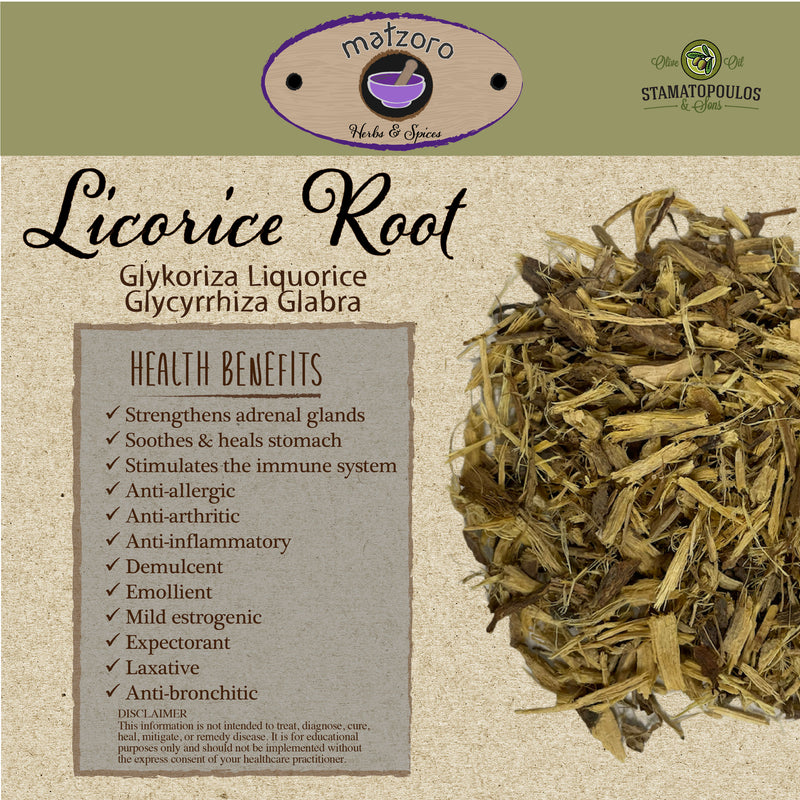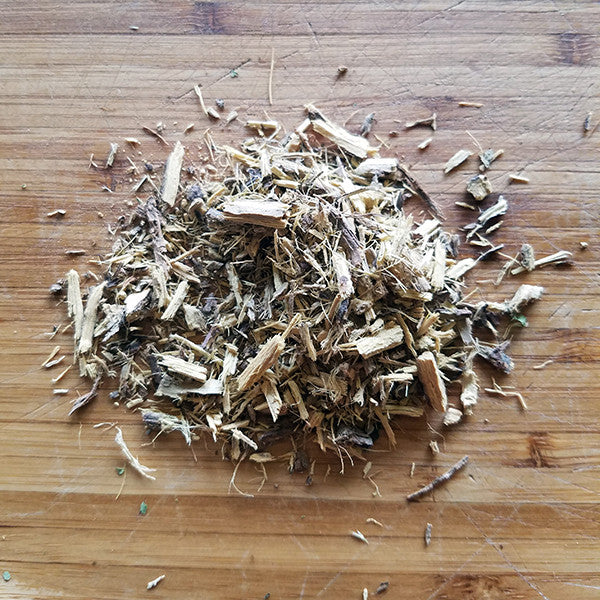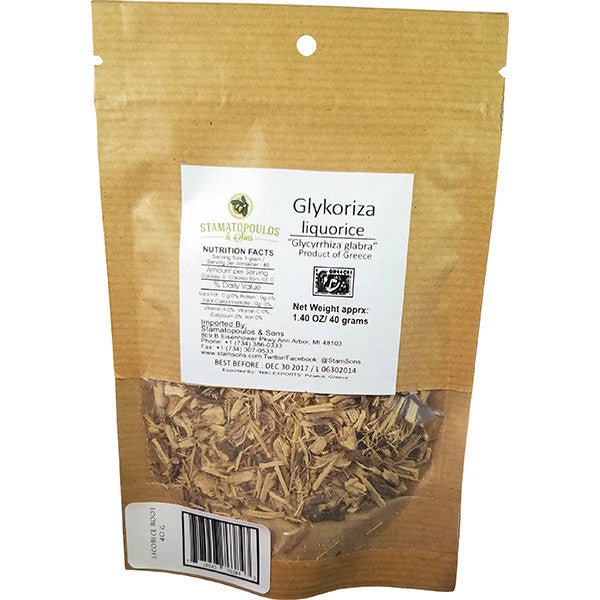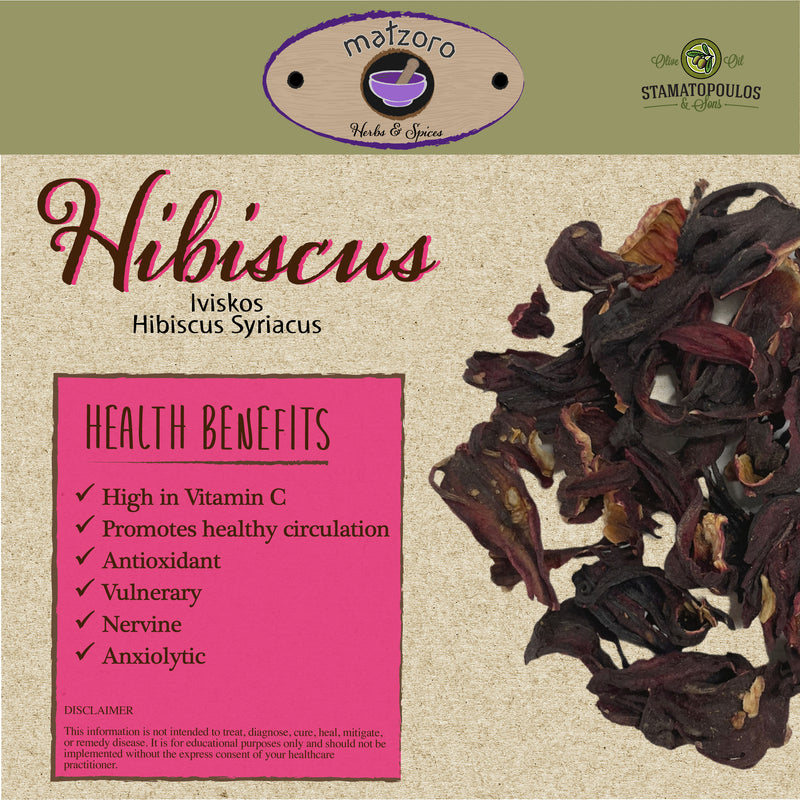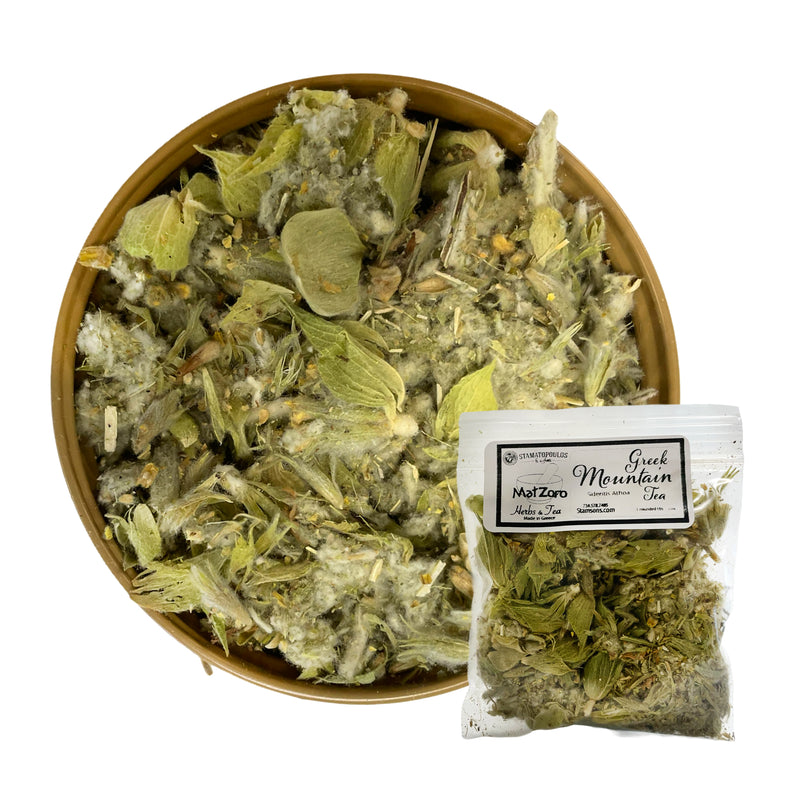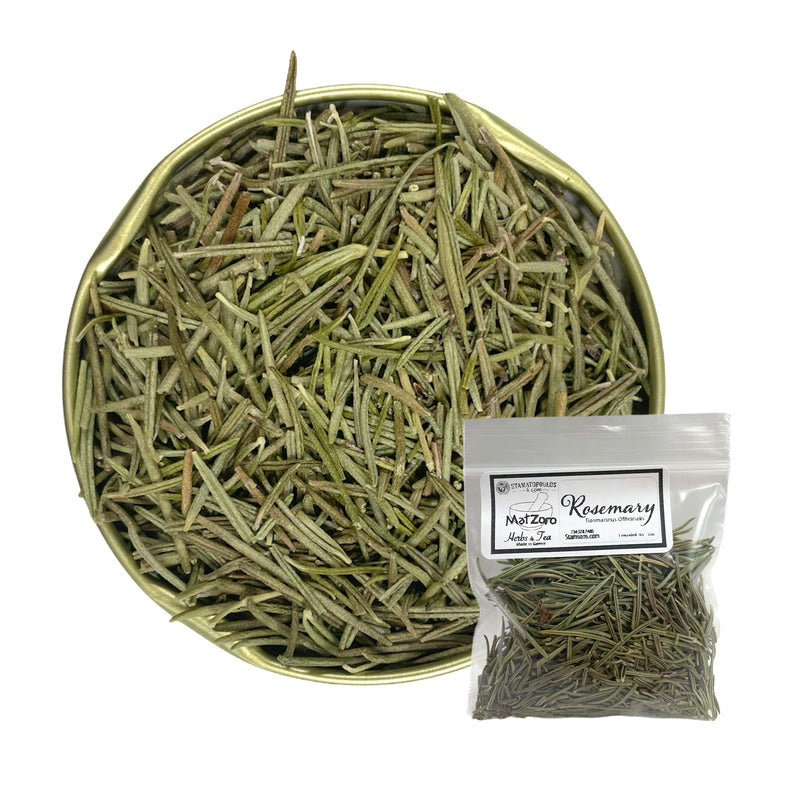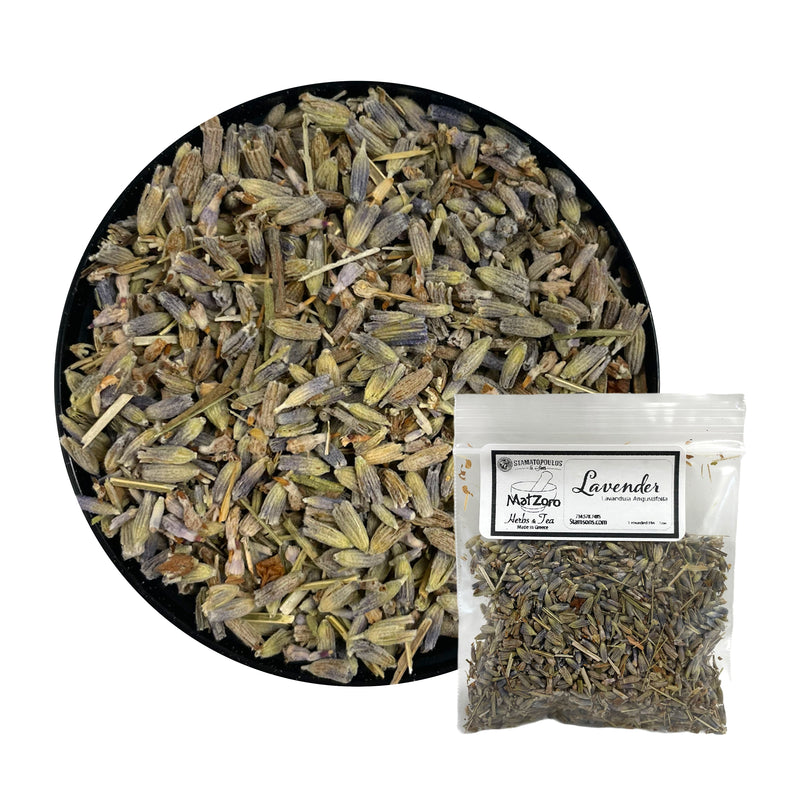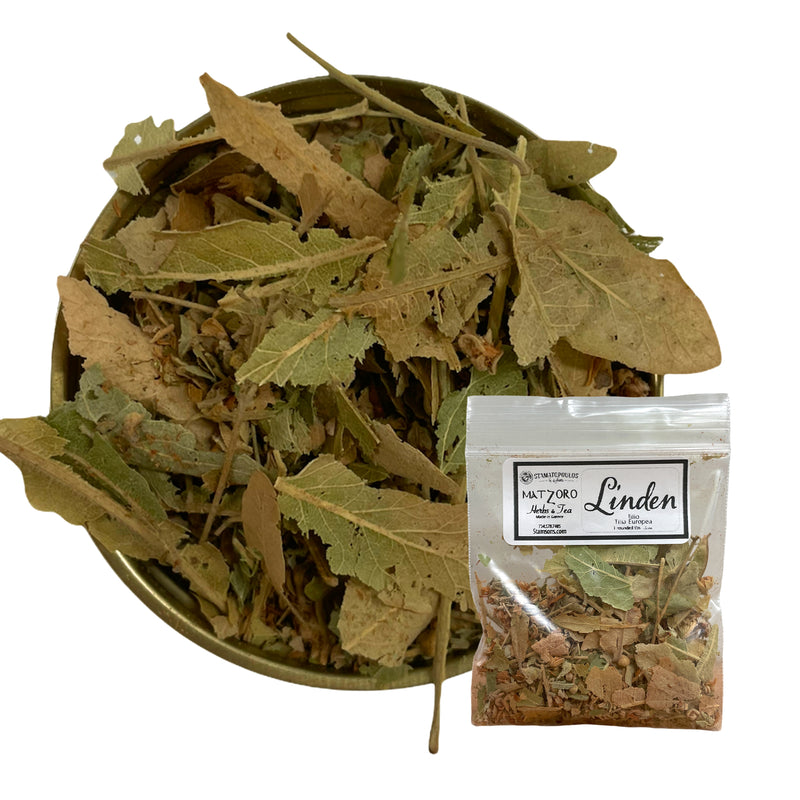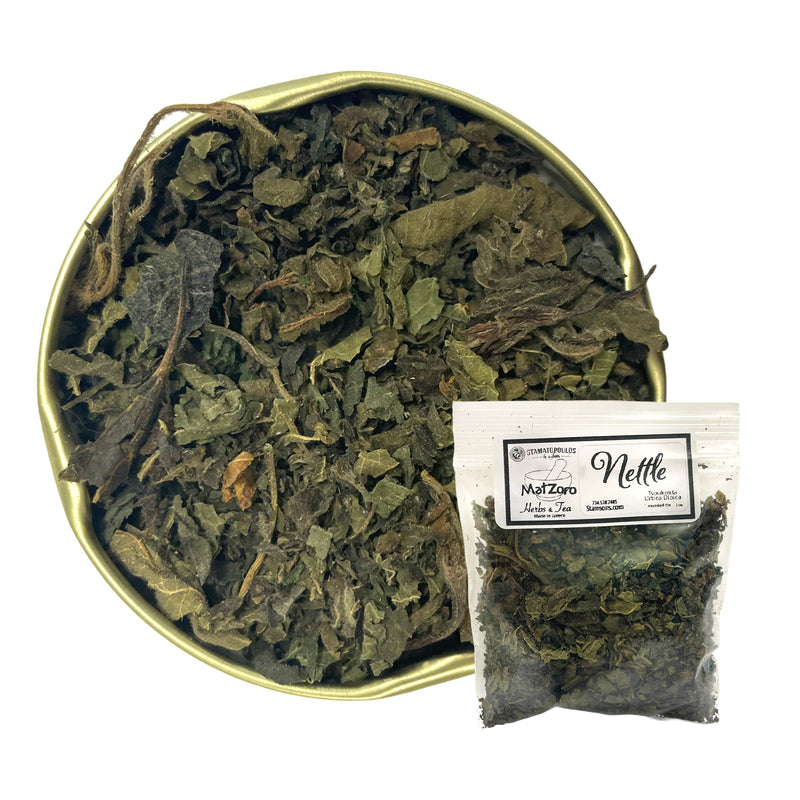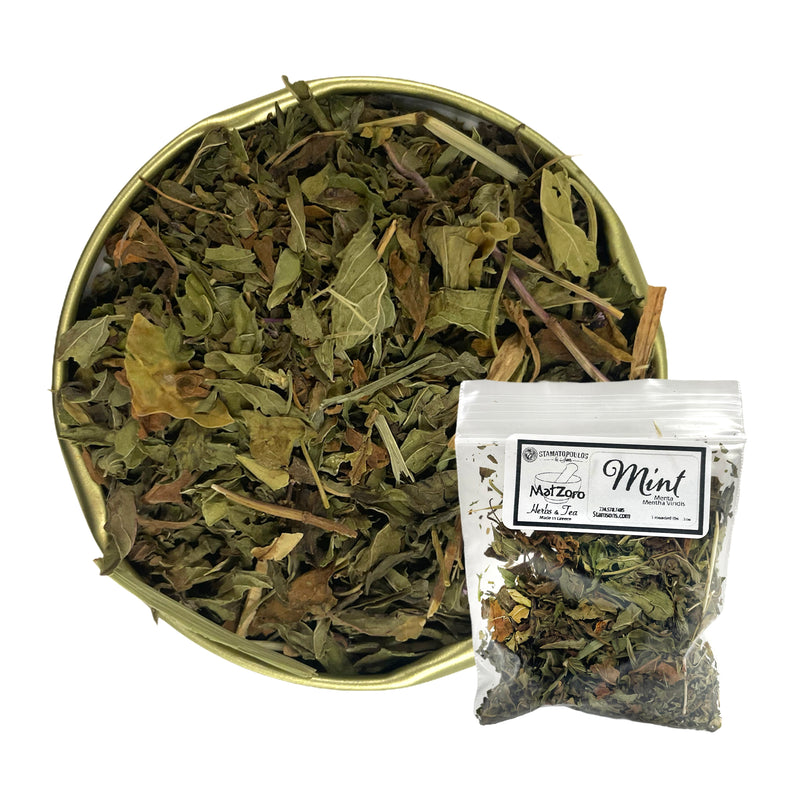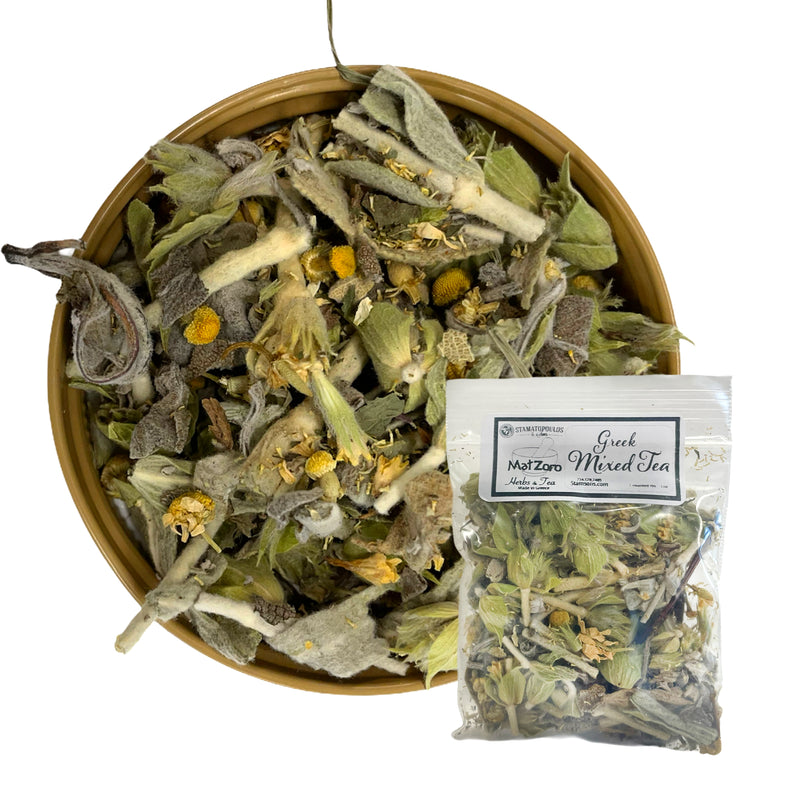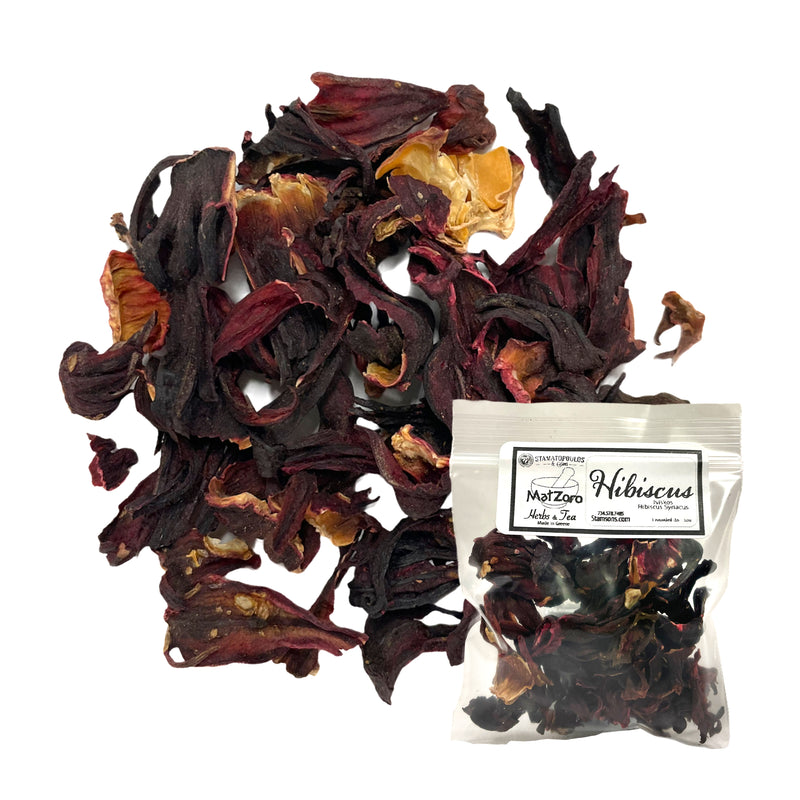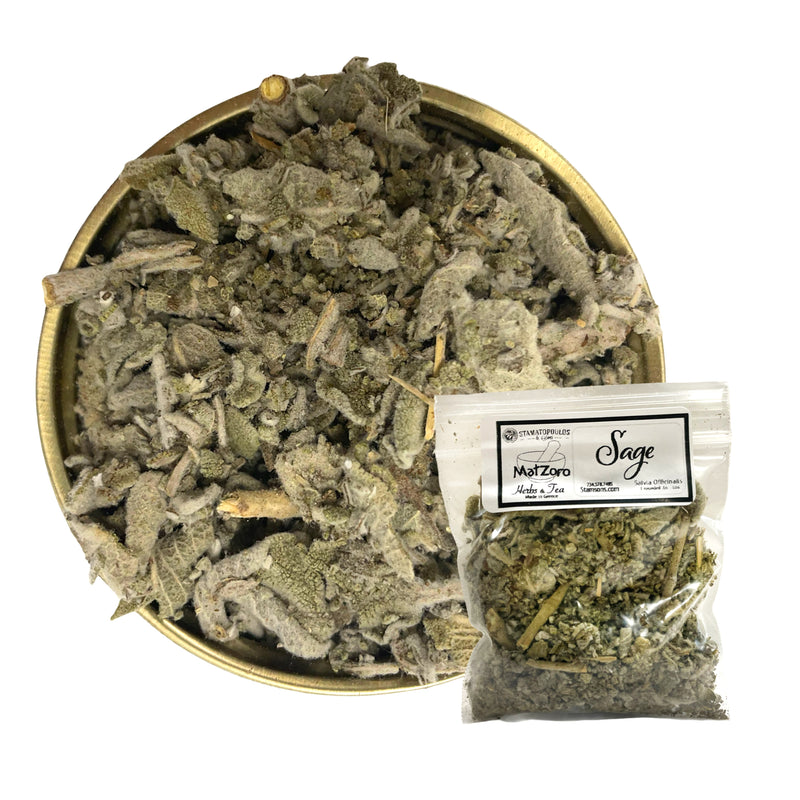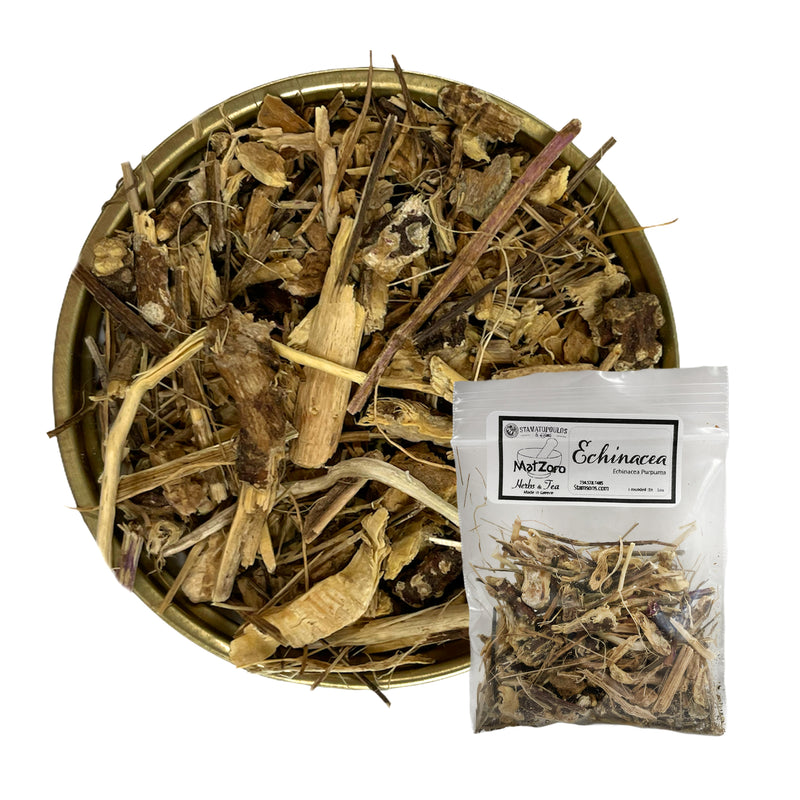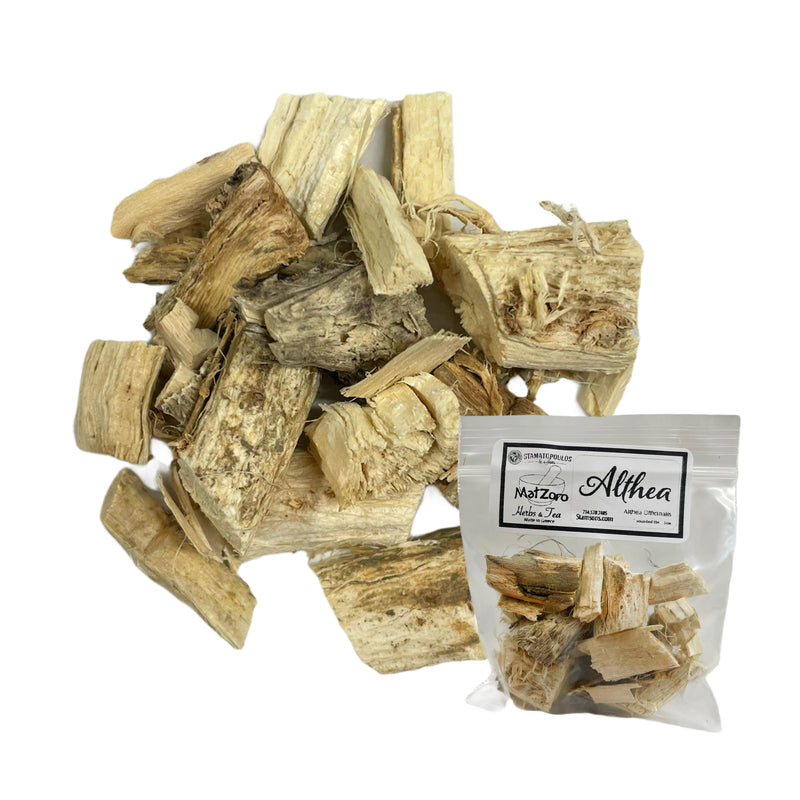{ "id":390408735, "title":"Licorice Root","handle":"licorice-root-glykoriza-glycyrrhiza-glabra-40-grams", "description":"\u003cb\u003eLICORICE ROOT\u003c\/b\u003e - \u003cb\u003eGlycyrrhiza glabra\u003c\/b\u003e \u003cb\u003e(GLYKORIZA)\u003c\/b\u003e - \u003cb\u003eLegume Family\u003c\/b\u003e\u003cbr\u003e\u003cspan style=\"font-weight: 400;\"\u003eCommon names: liquorice, sweetroot, sweetwood, black sugar\u003cbr\u003e\u003c\/span\u003e\u003cbr\u003e\u003cb\u003eHISTORY OF USE\u003c\/b\u003e\u003cbr\u003e\u003cspan style=\"font-weight: 400;\"\u003eLicorice has been a primary herb in both Chinese and western herbal traditions, dating back over 5,000 years to ancient times. It was found preserved in the tomb of King Tut and in other Egyptian Pharaohs’ tombs. It was known as “Sweet Root” which is what its botanical name means (glukos is Greek for sweet, and riza means root). The glyccyrrhizic acid in licorice root is 50 times sweeter than sugar, and it does not raise blood sugar, therefore it is safe for diabetics and hypoglycemic to use. It is commonly used in tea blends that would otherwise taste bitter or pungent. It was thought in Chinese herbal tradition to harmonize the different aspects of a blend, and bring out the medicinal action of the other herbs. \u003c\/span\u003e\u003cbr\u003e\u003cb\u003eCULINARY USE\u003c\/b\u003e\u003cbr\u003e\u003cspan style=\"font-weight: 400;\"\u003eLicorice is known mostly as a confectionery flavoring. Ninety percent of all natural licorice employed as a flavoring agent is used in tobacco (cigarettes, cigars, pipe tobacco). The typical licorice candy is actually flavored with anise, not licorice. The sticks of licorice essence may be dissolved in hot water and drunk as a tisane and the roots may flavor fruit juices, syrups and for flavoring drinks like sambuca and beers like Guinness. \u003c\/span\u003e\u003cbr\u003e\u003cb\u003e\u003cbr\u003e\u003c\/b\u003e\u003cb\u003eMEDICINAL USE\u003c\/b\u003e\u003cbr\u003e\u003cb\u003eEndocrine system: \u003c\/b\u003e\u003cspan style=\"font-weight: 400;\"\u003eLicorice root is considered food that strengthens the adrenal glands. Well known remedy for adrenal exhaustion. Use in a blend and not alone.\u003c\/span\u003e\u003cbr\u003e\u003cb\u003eRespiratory system: \u003c\/b\u003e\u003cspan style=\"font-weight: 400;\"\u003eWorks as an expectorant, demulcent to soothe irritated mucus membranes, antispasmodic, and anti-inflammatory. Helps in presence of mucus from respiratory sickness, bronchitis, and coughs in general. Great for easing colds, coughs, and the like. \u003c\/span\u003e\u003cbr\u003e\u003cb\u003eDigestive system: \u003c\/b\u003e\u003cspan style=\"font-weight: 400;\"\u003eHas an antispasmodic action, it is found helpful in the presence of ulcers, and relieves colic. Has a soothing and healing action on the stomach.\u003c\/span\u003e\u003cbr\u003e\u003cspan style=\"font-weight: 400;\"\u003eImmune system: Licorice root stimulates the immune system and is great at combating allergies and hay fever. It also helps prevent colds when taken preventatively. \u003cbr\u003e\u003c\/span\u003e\u003cbr\u003e\u003cb\u003eHERBAL ACTIONS\u003c\/b\u003e\u003cbr\u003e\u003cspan style=\"font-weight: 400;\"\u003eAnti-allergic, anti-arthritic, anti-inflammatory, demulcent, emollient, estrogenic (mild), expectorant, laxative, pectoral (moderate), soothing, anti-allergic, anti-bronchitic \u003cbr\u003e\u003c\/span\u003e\u003cbr\u003e\u003cb\u003eFLAVOR \u0026amp; ENERGETICS\u003c\/b\u003e\u003cbr\u003e\u003cspan style=\"font-weight: 400;\"\u003eSweet, mucilaginous, harmonizer\u003cbr\u003e\u003c\/span\u003e\u003cbr\u003e\u003cb\u003eCONSTITUENTS\u003c\/b\u003e\u003cbr\u003e\u003cspan style=\"font-weight: 400;\"\u003eGlycosides, saponins, flavonoids, bitter principle, volatile oil, coumarins, asparagine, sterols\u003cbr\u003e\u003c\/span\u003e\u003cbr\u003e\u003cb\u003eCAUTIONS\u003c\/b\u003e\u003cbr\u003e\u003cspan style=\"font-weight: 400;\"\u003eNot recommended in the presence of high blood pressure, due to water retention in a small percentage of people who have used it. Not recommended in large quantities, as it may lead to high blood pressure. Generally used as a small component in a tea blend, as it is so sweet, a little bit is all that is needed anyway. People on heart medication should check with their medical practitioners before using licorice. Not to be used in the presence of steroid therapy, or with kidney and bladder problems. The studies done on licorice precautions used licorice extracts, which are isolated and concentrated single components of the plant. Using the whole plant form is always much safer. Avoid licorice during pregnancy and\/or nursing. \u003cbr\u003e\u003c\/span\u003e\u003cbr\u003e\u003cb\u003eTEA BLENDS\u003c\/b\u003e\u003cbr\u003e\u003cspan style=\"font-weight: 400;\"\u003eFor digestive complaints, licorice root combines well with marshmallow root, meadowsweet.\u003c\/span\u003e\u003cbr\u003e\u003cspan style=\"font-weight: 400;\"\u003eUse in any respiratory tea blend. Mint and licorice root, for sore throat, laryngitis.\u003c\/span\u003e\u003cbr\u003e\u003cspan style=\"font-weight: 400;\"\u003eUse for adrenal exhaustion, in a blend.\u003c\/span\u003e\u003cbr\u003e\u003cspan style=\"font-weight: 400;\"\u003eBurning the midnight oil: Green tea, licorice, gingko. \u003c\/span\u003e\u003cbr\u003e\u003cspan style=\"font-weight: 400;\"\u003eOld English cough syrup formula: simmer ½ cup licorice root with ¼ cup flaxseed in 1 pint (2 cups) water until thickened. Strain and add 1 tsp lemon juice. \u003cbr\u003e\u003c\/span\u003e\u003cbr\u003e\u003cb\u003eDISCLAIMER\u003c\/b\u003e\u003cbr\u003e\u003cspan style=\"font-weight: 400;\"\u003eThis information is not intended to treat, diagnose, cure, heal, mitigate, or remedy disease. It is for educational purposes only and should not be implemented without the express consent of your healthcare practitioner.\u003c\/span\u003e", "published_at":"2025-04-08T16:56:39", "created_at":"2014-10-21T18:33:39", "vendor":"Stamatopoulos \u0026 Sons", "type":"Herbs, Teas, \u0026 Spices", "tags":["Herbs \u0026 Spices \u0026 Teas"], "price":100, "price_min":100, "price_max":499, "price_varies":true, "compare_at_price":null, "compare_at_price_min":0, "compare_at_price_max":0, "compare_at_price_varies":false, "all_variant_ids":[914769299,39617355874383], "variants":[{"id":914769299,"title":"40g","option1":"40g","option2":null,"option3":null,"sku":"728943763843","requires_shipping":true,"taxable":false,"featured_image":{"id":22590249100,"product_id":390408735,"position":4,"created_at":"2017-02-23T14:05:07-05:00","updated_at":"2021-01-21T15:32:34-05:00","alt":null,"width":600,"height":600,"src":"\/\/stamsons.com\/cdn\/shop\/products\/600_x_600_Licorice1.jpg?v=1611261154","variant_ids":[914769299]},"available":true,"name":"Licorice Root - 40g","public_title":"40g","options":["40g"],"price":499,"weight":40,"compare_at_price":null,"inventory_quantity":33,"inventory_management":"shopify","inventory_policy":"deny","barcode":"728943763843","featured_media":{"alt":null,"id":8949334095,"position":4,"preview_image":{"aspect_ratio":1.0,"height":600,"width":600,"src":"\/\/stamsons.com\/cdn\/shop\/products\/600_x_600_Licorice1.jpg?v=1611261154"}},"requires_selling_plan":false,"selling_plan_allocations":[]},{"id":39617355874383,"title":"0.1 oz.","option1":"0.1 oz.","option2":null,"option3":null,"sku":"","requires_shipping":true,"taxable":false,"featured_image":null,"available":true,"name":"Licorice Root - 0.1 oz.","public_title":"0.1 oz.","options":["0.1 oz."],"price":100,"weight":40,"compare_at_price":null,"inventory_quantity":23,"inventory_management":"shopify","inventory_policy":"deny","barcode":"","requires_selling_plan":false,"selling_plan_allocations":[]}], "available":null,"images":["\/\/stamsons.com\/cdn\/shop\/products\/Licoriceroot2a.jpg?v=1611261154","\/\/stamsons.com\/cdn\/shop\/products\/Amazoninfographics_LICORICEROOT.jpg?v=1611261154","\/\/stamsons.com\/cdn\/shop\/products\/600_x_600_Licorice.jpg?v=1611261154","\/\/stamsons.com\/cdn\/shop\/products\/600_x_600_Licorice1.jpg?v=1611261154","\/\/stamsons.com\/cdn\/shop\/products\/3a_infographics_amazon_Hibiscus.jpg?v=1611261154"],"featured_image":"\/\/stamsons.com\/cdn\/shop\/products\/Licoriceroot2a.jpg?v=1611261154", "options":["Size"], "url":"\/products\/licorice-root-glykoriza-glycyrrhiza-glabra-40-grams"}
Licorice Root
Related Products
Greek Mountain Tea
$ 4.00
Rosemary
$ 4.99
Lavender
$ 8.00
Linden
From $ 1.00
Nettle Leaves
From $ 1.00
Spearmint
From $ 4.99
Greek Mixed Tea
$ 6.00
Hibiscus
From $ 1.00
Sage
From $ 1.00
Echinacea
From $ 1.00
HORSETAIL ROOT
$ 8.00


